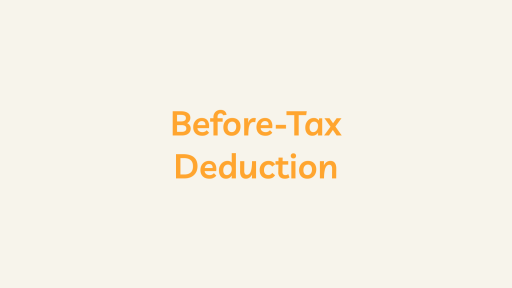Introduction
In the intricate landscape of U.S. tax regulations, business entities face a critical decision that can significantly shape their financial framework – the choice of tax classification. Form 8832, officially titled the “Entity Classification Election,” is a pivotal instrument in this decision-making process. Designed for entities not automatically classified as corporations, this form allows businesses, including limited liability companies (LLCs), to choose their tax treatment actively.
This article aims to unravel the intricacies of Form 8832, providing a comprehensive exploration of its purpose, the array of tax classification options it presents, and the profound implications for businesses. As we delve into the details, businesses will gain insights into the strategic considerations, timing nuances, and essential factors to ponder when contemplating an entity classification election. Form 8832, in essence, becomes a guide for businesses seeking to align their tax structure with their operational dynamics and long-term objectives.
1. Form 8832 Entity Classification Election
Background:
Form 8832 is used to make an entity classification election for federal tax purposes. This is relevant for business entities that are not automatically classified as corporations. By default, a single-member LLC is treated as a disregarded entity for tax purposes, while a multi-member LLC is classified as a partnership.
Purpose:
Filing this form primarily allows businesses to choose a tax classification that aligns with their operational structure and tax planning objectives.
2. Form 8832 Tax Classification Options
Default Classification:
- Single-member LLC: By default, treated as a disregarded entity.
- Multi-member LLC: By default, treated as a partnership.
Election Options:
- Corporation: The entity can elect to be treated as a corporation for tax purposes.
- S Corporation: Entities meeting specific eligibility criteria can elect to be treated as an S corporation.
- Disregarded Entity: A single-member LLC can elect to be disregarded for tax purposes, effectively merging its tax reporting with its owner’s.
3. Reasons for Filing
Tax Planning:
- Entities might change their tax classification to take advantage of specific tax benefits or optimize their tax liability.
Change in Ownership:
- Changes in ownership structure, such as bringing in new investors, may prompt a business to reevaluate and potentially change its tax classification.
Strategic Considerations:
- Businesses may file Form 8832 as part of broader strategic planning, aligning their tax structure with their long-term goals.
4. Form 8832 Important Considerations
Timing:
- Form 8832 must be filed within 75 days of the desired effective date or during the year preceding the intended effective year.
Consistency:
- Once an entity makes an election, it generally cannot change its classification for the next 60 months. This ensures stability in tax treatment.
Professional Advice:
- Businesses are strongly advised to consult with tax professionals when considering filing Form 8832. Tax implications can be complex, and professional advice can help ensure that the chosen classification aligns with the entity’s goals.
Conclusion
Form 8832 provides a mechanism for businesses to choose their tax classification, offering flexibility and adaptability actively. Businesses should carefully consider their operational needs, long-term goals, and the tax implications of different classifications before filing this form. Seeking professional advice is crucial to navigating the nuances of U.S. tax regulations and making informed decisions.





